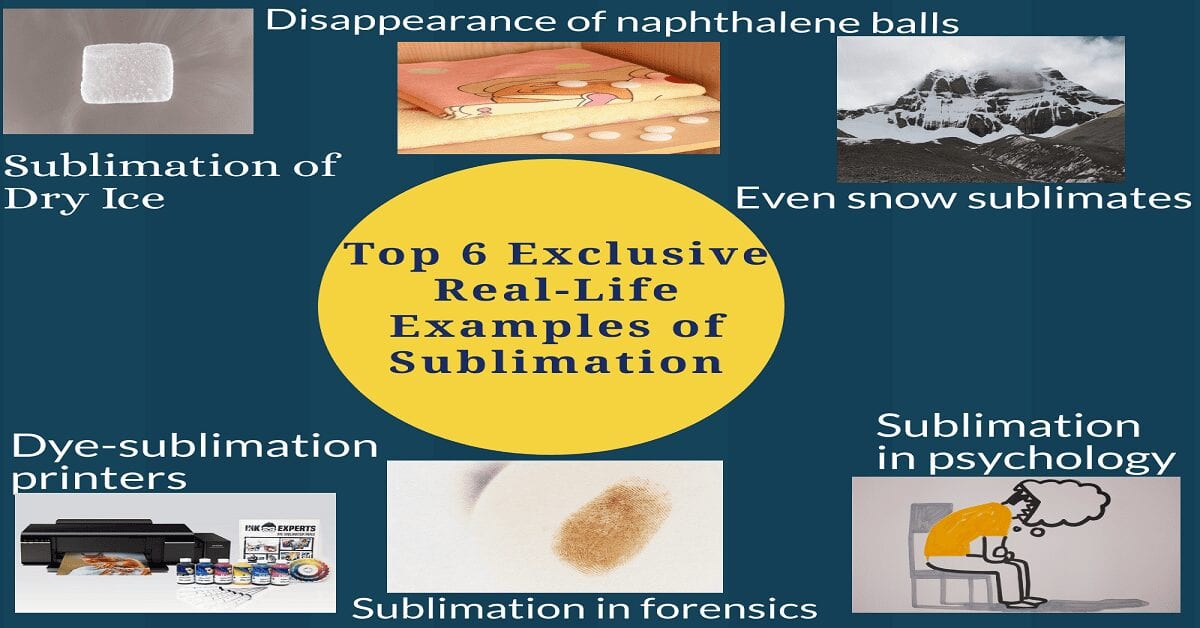Sublimation is a type of phase transition in which a substance directly changes from a solid state to a gaseous state, bypassing the liquid state. Since the process of sublimation requires additional energy to bypass the liquid state of matter, as a result, it is an endothermic phase transition.
The opposite of sublimation is known as desublimation or deposition. In other words, when a substance or material directly changes from a gaseous state to a solid state, bypassing the liquid state, known as a deposition.
Sublimation Examples in Daily Life
- Sublimation of dry ice
- Disappearance of naphthalene balls
- Sublimation in forensic sciences
- Even snow sublimates
- Dye-sublimation printers
- Sublimation in daily life psychology
Sublimation of Dry Ice
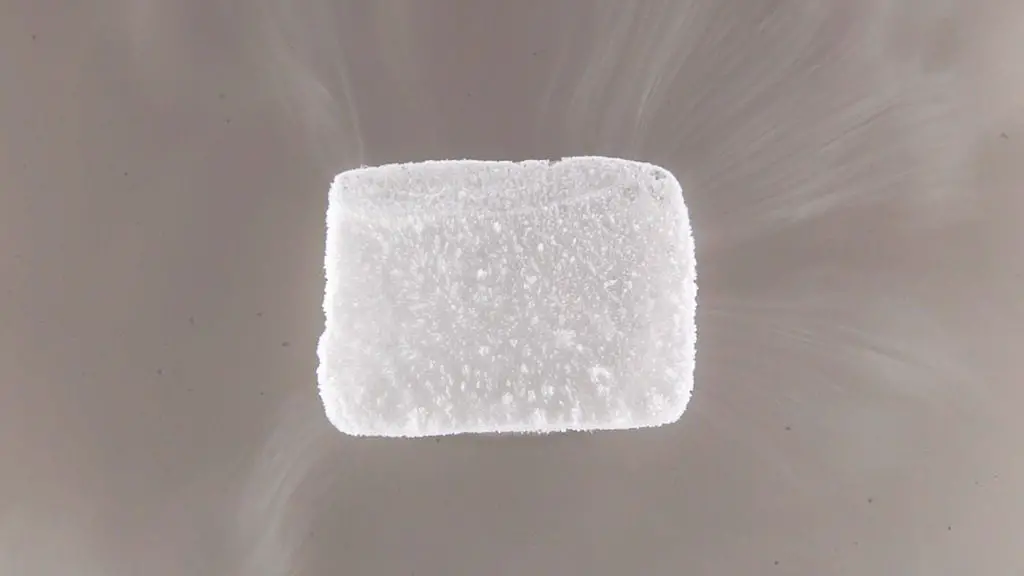
Dry ice is nothing but a solid form of carbon dioxide. The process of sublimation takes place in dry ice at approximately -78 degrees celsius around normal atmospheric pressure.
In other words, solid carbon dioxide or dry ice sublimates from its solid state to its gaseous state at -78 degrees Celcius, providing atmospheric pressure equal to 1atm.
You can think of dry ice in its gaseous state as a cloud in the sky. I mean, both are equivalent. Moreover, there are so many uses of dry ice in our daily life.
The most common application of dry ice is as a cooling agent. Not to mention, even you could have seen it. You would have seen the ice cream cart in your locality. They use dry ice as a cooling agent just to serve you chilled and frozen ice cream.
Check out, Top 6 Real-Life Applications of Charles Law
The other famous use of dry ice is as a fog machine to create an artificial fog effect in theatres or in a nightclub.
On the other hand, if you are a fan of WWE, you would have obviously seen the dense fog effects while the entrance of some superstars. Well, who can forget the entrance of the undertaker?
Safety tip:
Carbon dioxide in its liquid or gaseous state is not hazardous. On the other hand, Carbon dioxide in its solid form i.e dry ice should be handled very carefully.
Therefore, in order to ensure that you don’t get frostbite, wear proper safety gear while handling solid carbon dioxide. Why? Because dry ice is too cold to be touched with bare hands.
Disappearance (Sublimation) of Naphthalene Balls
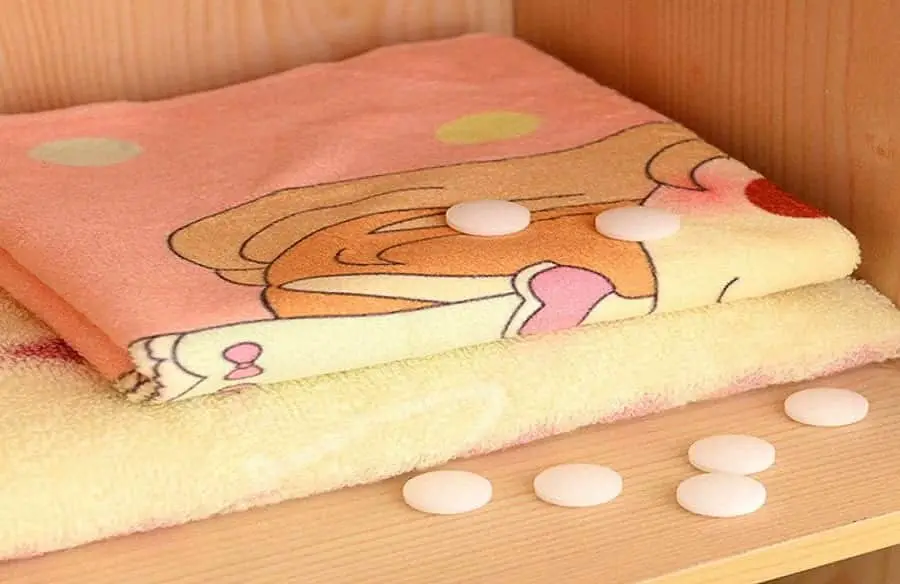
A naphthalene ball is nothing but a pack of benzene rings that disappears due to the process of sublimation.
These mothballs or naphthalene balls sublime easily due to the presence of non-polar molecules which are in turn held together by Van Der Waals intermolecular forces.
The Van Der Waal forces are the weakest intermolecular forces. Therefore, as a result, at a temperature of around 80 degrees Celsius, these naphthalene balls sublime into vapors.
Take a look at Top 6 Real-Life Gay Lussac Law Examples
The most common use of naphthalene balls is as a preservative for clothes to protect them from insects that eat them up. I still remember, as a kid, I used to think that my Mom is putting some kind of white balls between clothes.
I was like my mom has gone mad. But, now I understand what she was actually doing. She was just using naphthalene balls to repel insects from eating them up.
Just like the naphthalene balls, solid air fresheners (like the one which is hanging in your bathroom or even in your car) sublimate when they directly come in the contact with air.
Sublimation in Forensic Sciences
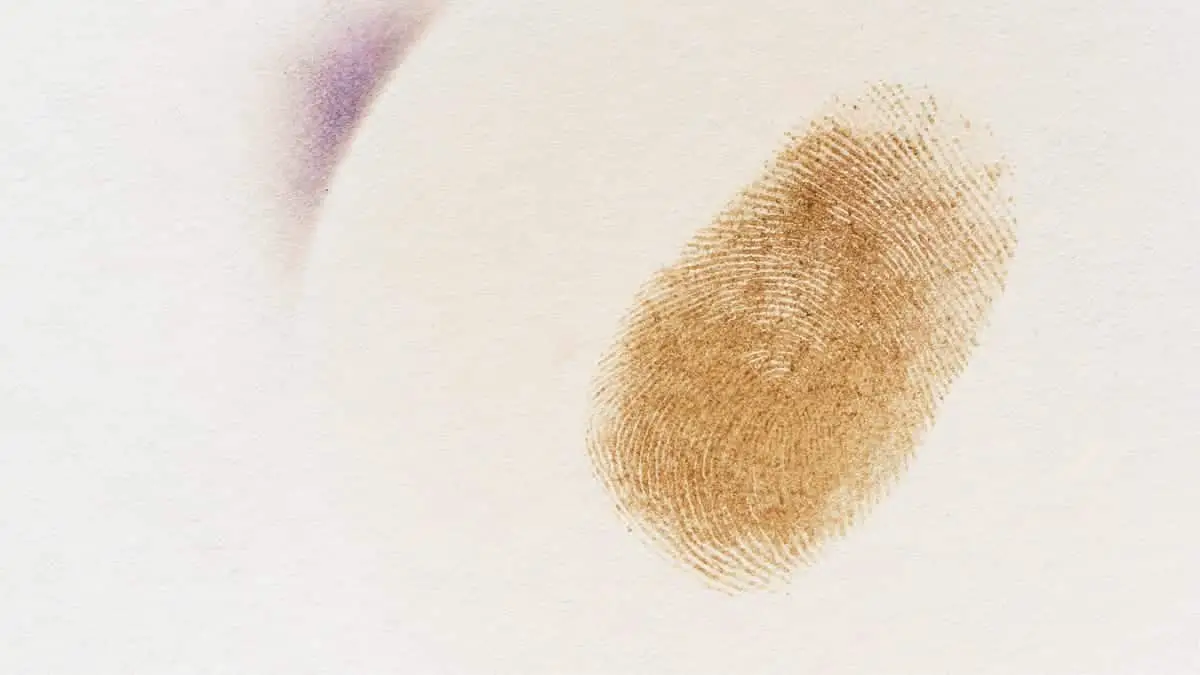
Forensic science is an application of a scientific methodology to investigate criminal and legal problems. And, in that investigation, the process of sublimation plays a vital role.
Forensic scientists use fingerprints as one of the basic tools to gather evidence at the scene of a crime. And for taking fingerprints, mostly they use iodine crystal as a catalyst.
On gentle heating, iodine crystal sublimates or in other words produce fumes. When someone’s finger is pressed down onto the paper, oils present in the pore of the skin are transferred to the paper.
Therefore, when these oils react with the iodine fumes or vapors, produce the required traces of the latent fingerprints. If you don’t know, latent fingerprints are those which can not be seen through the naked eye.
See also, Top 6 Boyle’s Law Applications in daily life
These latent fingerprints can also be obtained by some other catalysts like Arsenic, Zinc, or Cadmium. But, unfortunately, they are not. Why? Because they are quite volatile in nature as compared to iodine crystals.
Not to mention, even iodine crystal sublimates too violently. That’s why not more than two iodine crystals are used to develop a quality fingerprint. Otherwise, the fingerprint will develop too dark.
Even Snow Sublimates

Let’s talk about nature. That’s why the very next one on my list is the sublimation of snow. Well, even you could have seen it. But, unfortunately, you couldn’t recognize it.
Why? Because the process of sublimation of ice is too fast to be seen with the naked eye. Obviously, you could see the end result i.e snow is gone.
Under some special conditions, of course, snow or frozen ice can sublimate into water vapor, bypassing its liquid phase.
Must read, Charles’s Law of Thermodynamics – The Law of Constant Pressure
These so-called special conditions would be low temperature, very low air pressure, strong winds, and intense sunlight. Not to mention, these conditions could only be met at the hilltop of the mountain.
Dye-sublimation Printers
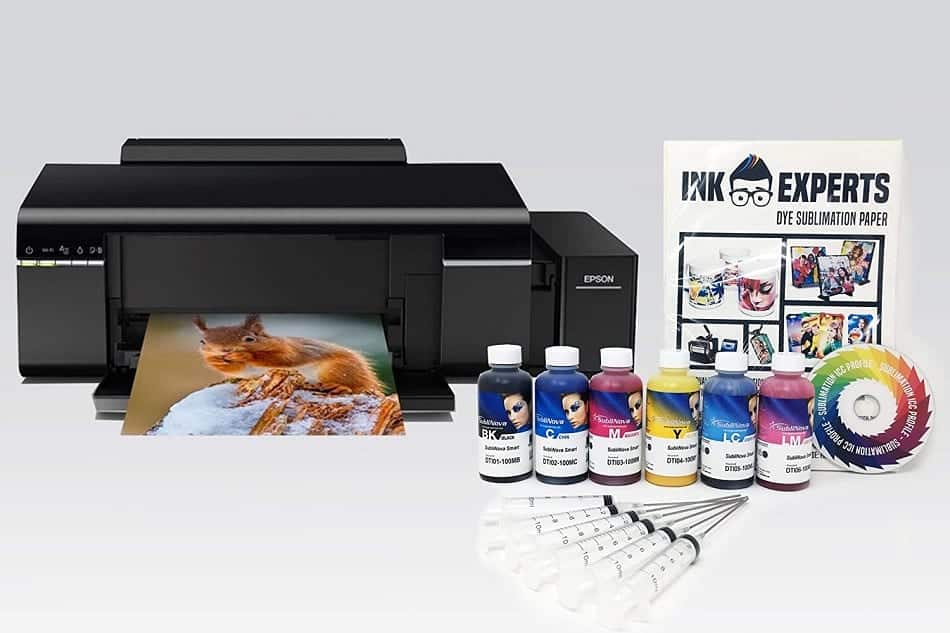
Dye-sub printing is a digital printing technology that utilizes the process of sublimation to print quality images, especially on polyester or polymer-coated substrates.
In dye-sublimation printing, a special film containing a unique sublimation dye (in the form of solid pigments) is heated, sublimated, and recaptured on the substrate. As they cool down, they turn back into solid, leaving a high-quality image on the substrate.
The dye-sublimation printers are commonly used for decorating banners, signs, apparel, or coffee mugs. Moreover, the print on your cell phone cover is because of the application of dye-sublimation printers.
Check out, Boyle’s Law of Thermodynamics – The Law of Constant Temperature
In contrast to normal printers such as inkjet printers, dye-sublimation printers are most commonly used.
Why? Because in dye printing, the dye turns from solid to gas, and, then back to solid again, bypassing the liquid phase. Hence, affordable and also not as messy as inkjet printers.
Sublimation Example in Daily Life Psychology

Humans use the process of sublimation in our day-to-day life as a psychological defense mechanism. In psychoanalytic theory, it is a defense mechanism that reduces anxiety which may result in some fruit full of positive work.
Take a look at Gay Lussac Law of Thermodynamics – The Law of Constant Volume
According to Sigmund Freud, sublimation works by channeling negative and unacceptable impulses into something positive and socially constructive behaviors.
For example, you are scolded by your boss at work. As a result, you became anxious and distressed that you may lose your job. On the contrary, you decided to go for a walk, therefore, by doing that, you released your frustration.
This walking activity not only gives you time to cool off and reflect, moreover, it also benefits your mental as well as physical health.
Another example could be that you are an introvert with no friends or lifestyle, and therefore, becoming depressed and frustrated.
On the contrary, you channel or sublimate this negative energy into doing something constructive with your life. Therefore, became a creative and successful businessman or even an entrepreneur.
Special Note:
I would like to make myself clear here regarding the example of sublimation in psychology. The definition of sublimation in psychology has nothing to do with this article. But, the process is almost the same.
Take a look at the Top 6 Most Common Examples of Condensation
In other words, maybe the definition is not the same as it should be. But, in the psychological defense mechanism, you simply blow off steam, just like in actual sublimation examples.
I thought maybe I should include this one, simply to make you motivated toward the cause of life i.e to become a successful person, moreover, becoming a happy person.
Some Other Sublimation Examples in Daily Life
Apart from the above-mentioned ones, I am also mentioning a few here.
- Ice Crystals
- Water Cycle
- Air Freshener
- Perfume Tablets
- Metal Purification
- Arsenic Treatment, etc.
Frequently Asked Questions
1. What is sublimation?
Ans. Sublimation is a type of phase transition in which a substance or material directly changes from a solid state to a gaseous state, bypassing the liquid form.
2. What does dry ice look like?
Ans. Dry ice is nothing but a solid form of carbon dioxide. It is almost colorless and non-flammable. But, it could cause you frostbite. Why? Because solid carbon dioxide or dry ice is too cold to be handled with bare hands.
3. What is the rate of sublimation of dry ice?
Ans. As per general guidelines, dry ice will sublimate at a rate of 1% per hour in a typical ice chest. This process of sublimation continues from the time of purchase.
Therefore, at the time of purchase, the customers are advised to pick up dry ice as close to the time needed as possible.
4. How to make dry ice?
Ans. Well, with the proper instrument and knowledge, of course, dry ice can be easily manufactured. At first, gases with a very high concentration of carbon dioxide are produced.
Then, the produced gas is pressurized and later refrigerated until it liquefies. Next, the pressure is reduced. When this occurs, some liquid carbon dioxide vaporizes, causing a rapid lowering of the temperature of the remaining liquid.
As a result, the extreme cold causes the liquid to solidify into a snow-like consistency i.e nothing but dry ice.
That’s it for this post. If you like this article, share it if you like, like it if you share it. You can also find us on Mix, Twitter, Pinterest, and Facebook.
You might also like:
- Top 6 Verified Examples of Evaporation in Daily Life
- Evaporation Definition, Process, Facts & Examples
- Condensation Definition, Process, Facts & Examples
